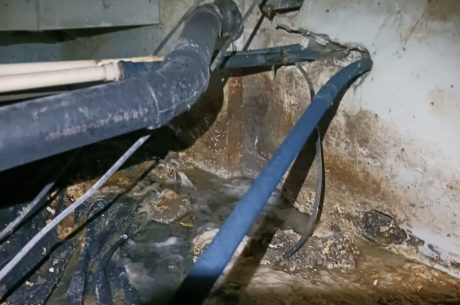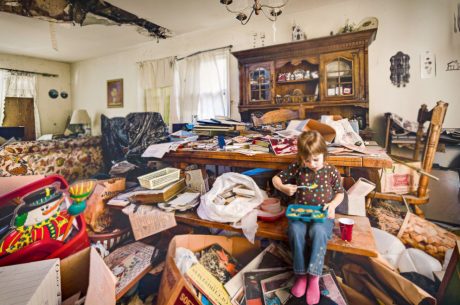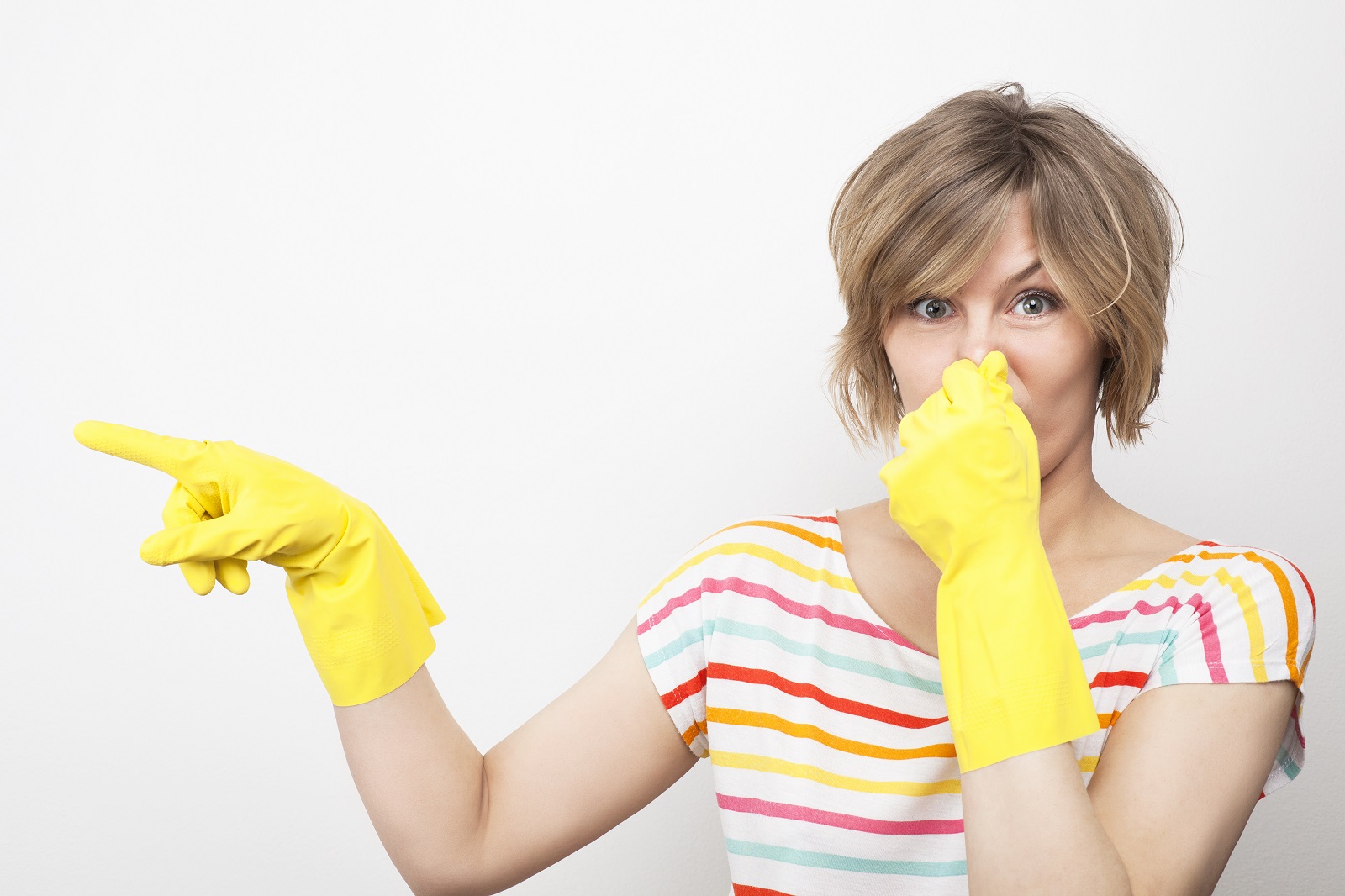
Household chemicals: Although we use them every day, many cleaners and chemicals we keep in our homes can be very dangerous if splashed on the skin, inhaled or ingested. To avoid serious accidents, carefully follow the instructions on the product label and store any chemical product safely, especially if you have children or pets living in your home.
To ensure the safety of your household, always use these products in well-ventilated areas, wear appropriate protective gear such as gloves and masks, and store them securely out of reach of children and pets. Additionally, consider opting for eco-friendly and non-toxic alternatives whenever possible. Your health and the well-being of your loved ones are worth the extra effort.
Table of Contents
Common Household Chemicals
1. Antifreeze
Swallowing antifreeze (ethylene glycol) may cause damage to the heart, brain, kidney and other internal organs. Inhaling antifreeze is not as dangerous, but may cause dizziness. Immediate medical attention is crucial if antifreeze ingestion is suspected. Symptoms of poisoning can include nausea, vomiting, abdominal pain, and an altered mental state. If left untreated, the toxic effects can lead to severe complications or even be fatal.
2. Bleach
Being a strong corrosive substance, bleach can affect the respiratory system if inhaled. Bleach can also irritate or burn the skin and eyes. Ingesting bleach can cause pulmonary edema or vomiting and coma. Always wear cleaning gloves and a dust mask when using bleach.
3. Drain cleaners
These dangerous substances contain lye and other chemicals known to cause burns to the skin and eyes, and even blindness in severe cases. Swallowing a small amount of drain cleaner can severely affect the throat, stomach and may even cause death.
Therefore, it is imperative to handle such substances with extreme caution. Always wear protective gloves and eyewear when using drain cleaners, and ensure that the area is well-ventilated. Store these products out of reach of children and pets to prevent accidental ingestion or contact. In case of exposure, immediate medical attention is crucial. Knowing the first aid procedures for chemical burns and ingestion can make a significant difference in the outcome of such incidents.
4. Carpet or upholstery cleaners
Carpet cleaners contain naphthalene, which are known to cause cataract formation and liver damage over long exposure. The perchloroethylene in carpet cleaners is carcinogenic, and it may cause dizziness, headaches, kidney dysfunction, neurological damage and other problems from short term exposure.
5. Ammonia
Ammonia produces fumes that can irritate the eyes, nose, throat and lungs. People suffering from asthma or heart, or lung problems should avoid using ammonia. Mixing ammonia with chlorine products (such as bleach) produces an even more dangerous gas which is potentially fatal.
6. Air fresheners
Air fresheners are known to contain formaldehyde, a strong (possibly carcinogenic) substance that irritates the skin, eyes or throat. They contain other dangerous chemicals which may cause nervous system damage or pulmonary edema in sensitive individuals. Tips to safely keep your indoor air fresh are available here.
Stay Safe
These are just some of the more damaging household chemicals commonly found in homes. There are many other cleaners which contain potentially dangerous chemicals. To be on the safe side, avoid purchasing products marked Danger or Poison on the label. It’s best to shop for as many eco-friendly products as you can to minimize potential injuries. Find out more hidden household dangers in this article. For professional fire, water, mold and biohazard restoration services, contact your local PuroClean office. We’re available 24/7, 365 days a year.



 PuroClean Home Emergency Services
PuroClean Home Emergency Services